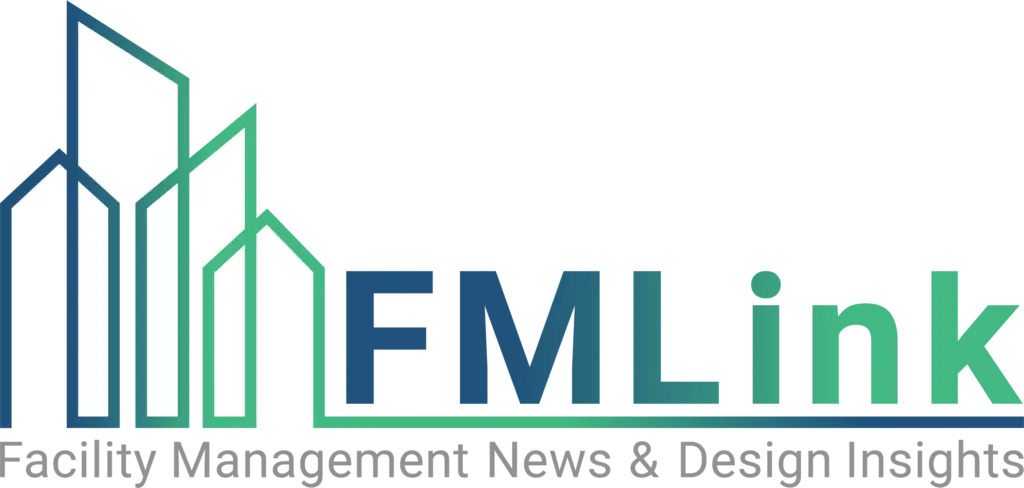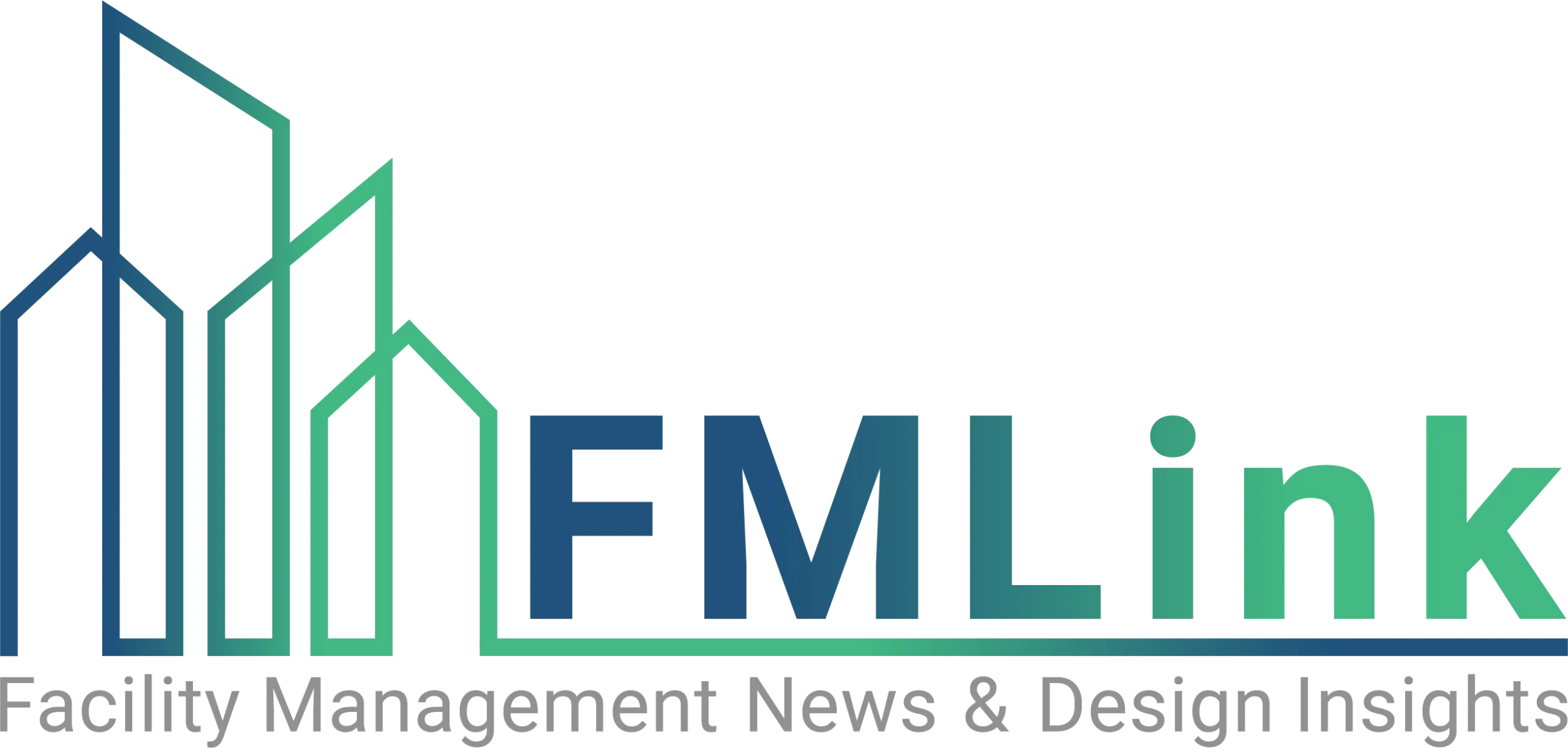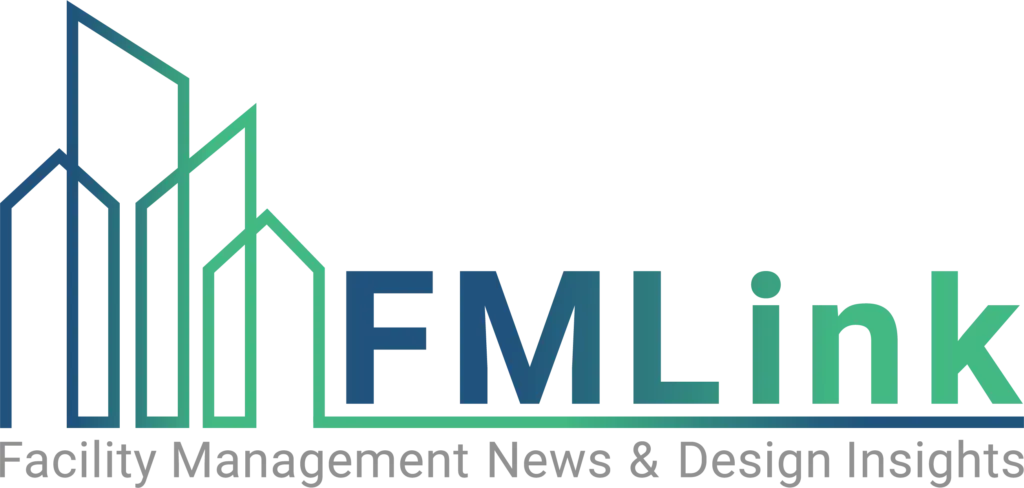August 10, 2018 — People are ready to take instructions from robots at work according to a new study conducted by multinational computer technology corporation Oracle and Future Workplace, a research firm preparing leaders for disruptions in recruiting, development and employee engagement. The study of 1,320 US human resources (HR) leaders and employees found that while people are ready to embrace artificial intelligence (AI) at work — and understand that the benefits go far beyond automating manual processes — organizations are not doing enough to help their employees embrace AI, and that will result in reduced productivity, skillset obsolescence and job loss.
The study, AI at Work, identified a large gap between the way people are using AI at home and at work. While 70% of people are using some form of AI in their personal life, only 6% of HR professionals are actively deploying AI, and only 24% of employees are currently using some form of AI at work. To determine why there is such a gap in AI adoption when people are clearly ready to embrace AI at work (93% would trust orders from a robot), the study examined HR leader and employee perceptions of the benefits of AI, the obstacles preventing AI adoption, and the business consequences of not embracing AI.
Employees and HR leaders see the potential of AI
All respondents agreed that AI will have a positive impact on their organizations, and when asked about the biggest benefit of AI, HR leaders and employees both said increased productivity. In the next three years, respondents expect the benefits to include:
- Employees believe that AI will improve operational efficiencies (59%), enable faster decision making (50%), significantly reduce cost (45%), enable better customer experiences (40%) and improve the employee experience (37%).
- HR leaders believe AI will positively impact learning and development (27%), performance management (26%), compensation/payroll (18%) and recruiting and employee benefits (13%).
Organizations are not doing enough to prepare the workforce for AI
Despite its clear potential to improve business performance, HR leaders and employees believe that organizations are not doing enough to prepare the workforce for AI. Respondents also identified a number of other barriers holding back AI in the enterprise.
- Almost all (90%) of HR leaders are concerned they will not be able to adjust to the rapid adoption of AI as part of their job and to make matters worse, they are not currently empowered to address an emerging AI skill gap in their organization.
- While more than half of employees (51%) are concerned they will not be able to adjust to the rapid adoption of AI and 71% believe AI skills and knowledge will be important in the next three years, 72% of HR leaders noted that their organization does not provide any form of AI training program.
- On top of the skill gap, HR leaders and employees identified cost (74%), failure of technology (69%) and security risks (56%) as the other major barriers to AI adoption in the enterprise.
Not embracing AI now will result in job loss, irrelevance and loss of competitive advantage
Despite all the talk about people being worried about AI entering the workplace, the study found the opposite to be true, with HR leaders and employees (79% of HR leaders; 60% of employees) believing a failure to adopt AI will have negative consequences on their own careers, colleagues and overall organization.
Respondents identified reduced productivity, skillset obsolescence and job loss as the top three consequences of failing to embrace AI in the workforce.
From an organizational standpoint, respondents believe embracing AI will have the most positive impact on directors and C-Suite executives. By failing to empower leadership teams with AI, organizations could lose a competitive advantage.
Methodology
For this survey, 1,320 HR leaders and employees were asked about their views regarding AI implementation and usage in the workplace. The study targeted HR Leaders and employees who work across different sectors and in organizations of different sizes. All panelists have passed a double opt-in process and complete on average 300 profiling data points prior to taking part in surveys.




